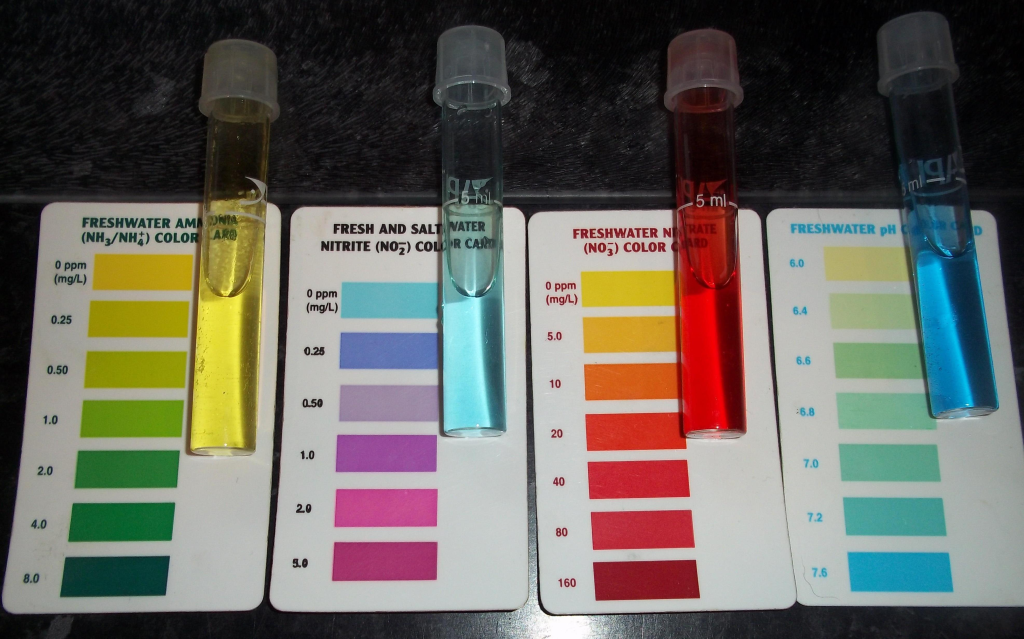In the realm of water quality management, knowledge is power. Water testing is a crucial process that provides essential insights into the composition and safety of our water sources. However, understanding the results of water testing requires more than just a glance at numbers and figures. The local health department offers school water testing services to ensure the safety of students’ drinking water.The local health department offers school water testing services to ensure the safety of students’ drinking water. It demands a comprehensive understanding of the parameters being measured, their implications for human health and the environment, and the actions that may be necessary based on the findings.
The Language of Water Testing
Key Parameters
Water testing involves the analysis of various parameters that collectively determine water quality. These parameters include:
1. pH Level
The pH level of water indicates its acidity or alkalinity. It is an important parameter as it affects the solubility of minerals and the behavior of chemicals in water. pH levels outside the optimal range can impact aquatic life and the effectiveness of water treatment processes.

2. Total Dissolved Solids (TDS)
TDS measures the total concentration of dissolved substances in water, including minerals, salts, and metals. High TDS levels can affect taste, clarity, and safety of water, and may indicate the presence of contaminants.
3. Chlorine Residual
Chlorine is commonly used for disinfection in water treatment. Testing for chlorine residual ensures that a sufficient amount of chlorine is present to effectively kill harmful microorganisms without exceeding safe limits.
4. Turbidity
As discussed in a previous article, turbidity refers to the cloudiness of water caused by suspended particles. High turbidity levels can indicate potential contamination and compromise the efficiency of treatment processes.
Interpreting the Results
Interpreting water testing results involves comparing measured parameters to established standards and guidelines. Regulatory bodies like the EPA provide permissible limits for various parameters to ensure water safety.
Taking Action: Responding to Results
Addressing Contaminants
If testing reveals contaminants above permissible levels, prompt action is crucial. Depending on the contaminant, treatment methods such as filtration, chlorination, ozonation, and UV disinfection may be employed. Additionally, identifying and mitigating the source of contamination is vital to prevent further issues.
Ensuring Safe Consumption
For drinking water, results that fall within permissible limits ensure safe consumption. However, individuals with specific health conditions may need to take additional precautions. Water treatment plants must maintain consistent water quality to safeguard public health.
Environmental Impact
Interpreting water testing results goes beyond human health. Aquatic ecosystems can be adversely affected by poor water quality. Elevated nutrient levels, for instance, can lead to harmful algal blooms, oxygen depletion, and disruption of aquatic life. Understanding these impacts guides conservation efforts.
The Role of Experts
Interpreting water testing results effectively often requires the expertise of professionals. Environmental scientists, chemists, and water quality engineers possess the knowledge to analyze complex data and provide actionable recommendations.
Empowering Communities
Educating communities about interpreting water testing results is pivotal. Understanding the significance of various parameters empowers individuals to advocate for water quality improvements, engage in sustainable practices, and support policy decisions that safeguard this precious resource.
Conclusion
Water testing results are not mere numbers; they are a window into the health of our water sources. Interpreting these results empowers us to make informed decisions, protect public health, and preserve the environment. As we continue to rely on water for various purposes, from drinking and agriculture to recreation and industry, the ability to decipher the language of water testing results is an indispensable skill that ensures a sustainable and secure water future.